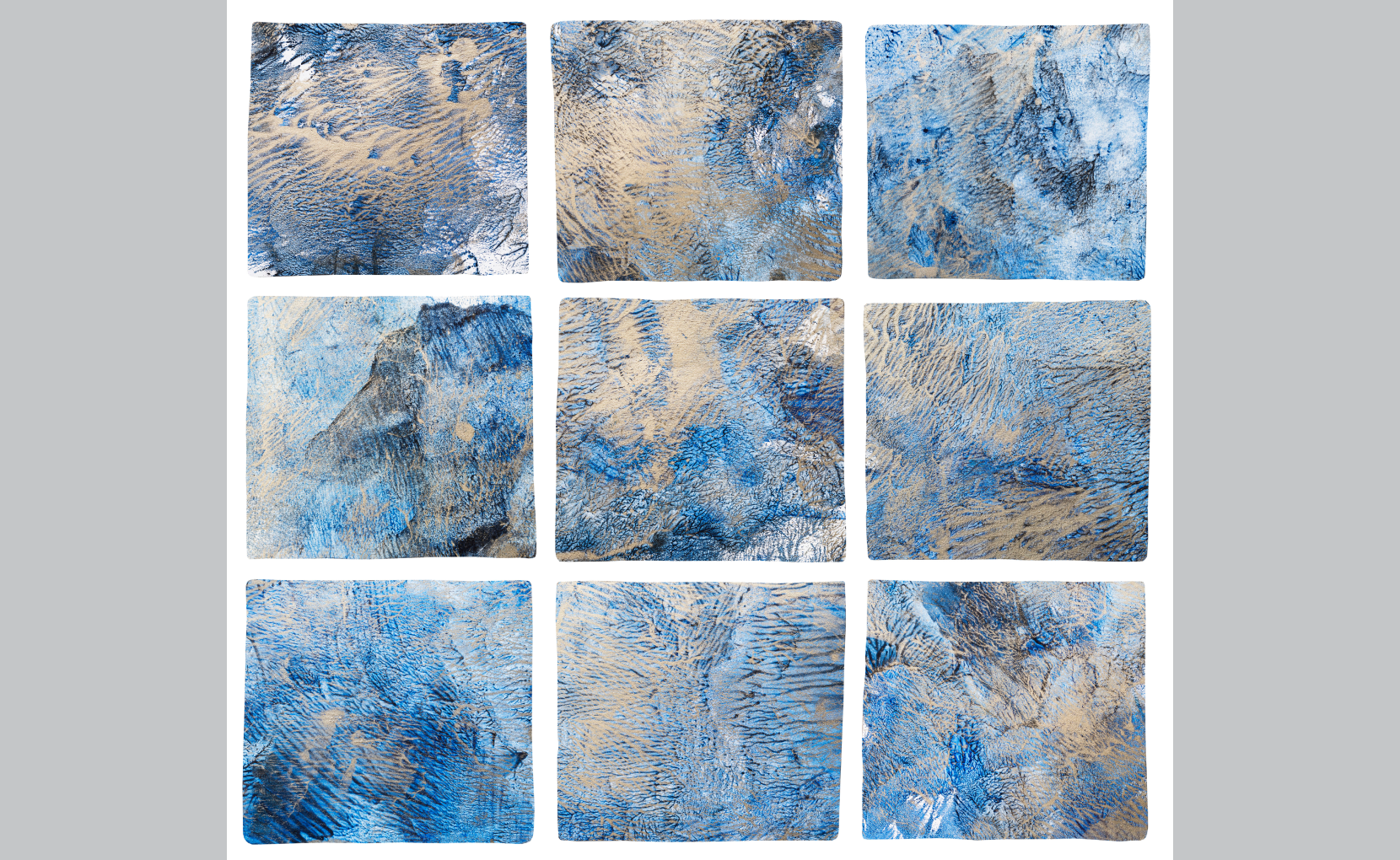13.A Way to Draw Lifelines
Ana Amelia Genioli(Brazil)


The installation to be presented by the artist Ana Amelia Genioli in a temple on Sado Island will be composed of drawings and small objects. The artist will investigate the rhythms, memories, and daily life of the people living on the island, as well as its landscape. Ana Amelia creates works using techniques that include pencil strokes, pigment-based paints, and monotypes on paper. These drawings represent cartographies, which can be ways to draw lifelines. Maps are usually the reproduction of a territory, something finished, an established world. Cartography, on the other hand, is the accompaniment of something that is happening at that moment. It is produced in a gestural and spontaneous manner. The installation aims to offer visitors a journey through the works so they can recover sensations forgotten by the fast pace of city life. It will be a moment to reduce pressure, increase the space between thoughts, and calm the breath. It will also provide an opportunity to experience site-specific art.
Art Details
- Art Number:13
- Year of Production:2024
- Exhibition Period:August 11 (Sun) , 2024 - November 10 (Sun) Closed on Tuesdays and Wednesday (excludes national holidays)
- Admission Fee:¥0
Venue & Access
- Location:Nagae Kannon-ji Temple
- Opening Hours:August-September: 10:00-17:00,October-November: 10:00-16:00
- Closed:Open all day
- Parking:Parking lot available

Ana Amelia Genioli
Ana Amélia Genioli was born in São Paulo and holds a master's and a doctorate in Communication and Semiotics from PUC-São Paulo. She attended courses with Brazilian artists such as Carlos Fajardo and Ana Maria Tavares.
Her works can be seen as cartographies, exploring the continuous relationships we establish with the world. For her, these relationships transform us and affect other subjects, as well as the environment. Genioli translates these mediations into various mediums, such as drawings, photographs, embroidery, and installations.
In her most recent work, Ana Amélia dedicated herself to imagining a notion of the future, which can also be ancestral, through observing the significance of rivers and forests and the communities that inhabit them. Her production is based on the idea that subjectivity can also be present in non-thinking and non-living beings. When this occurs, there is a destabilization of thought, which brings with it the possibility of enabling other worlds.
The artist recently presented her work at the solo exhibition des.norte at Galeria Eduardo Fernandes - SP. She also participated in international group exhibitions such as “MI-LAB Prints” at Chiyoda Arts Center – Tokyo, Art-Trofi Gallery – Moscow, among others. She took part in several residencies: the artist residency program at Universidad Nacional de Colombia – Bogotá, MI-LAB Mokuhanga Innovation Laboratory, Japan, NES Artist Residency, Iceland and Earthed Art Residency at the Banff Centre for Arts and Creativity, Canada.




